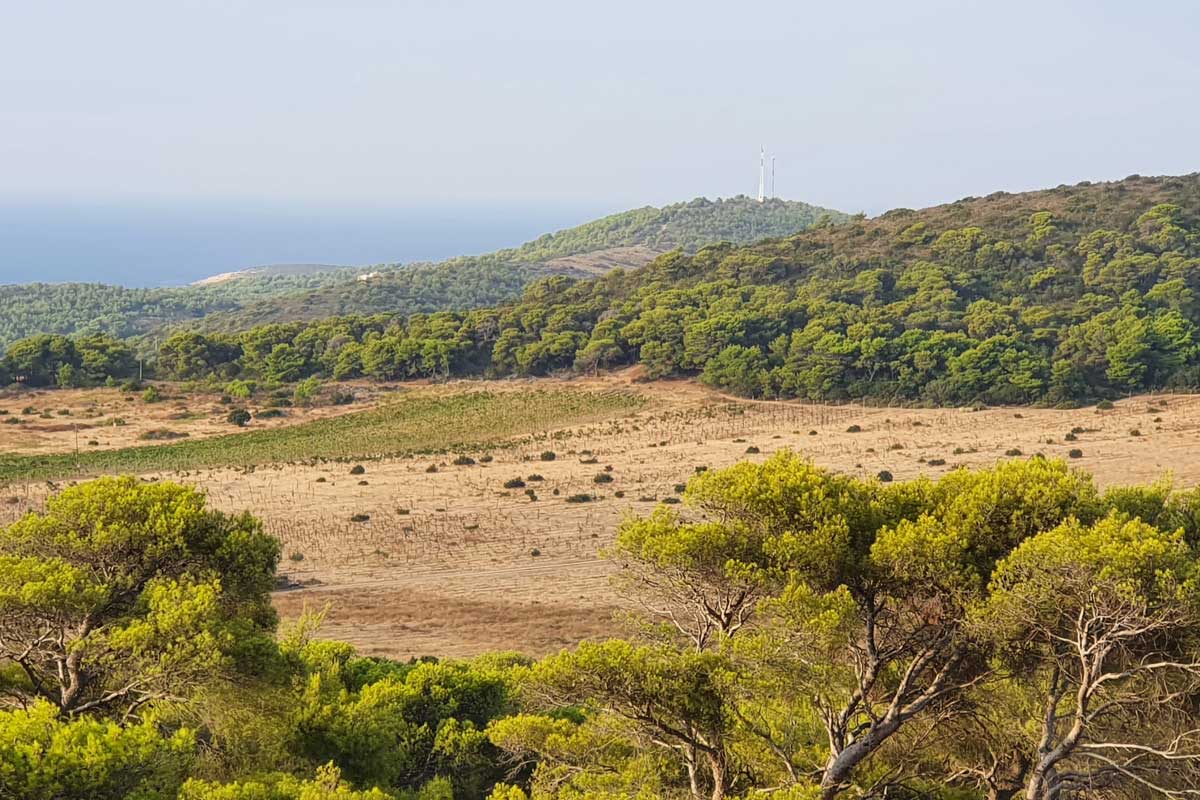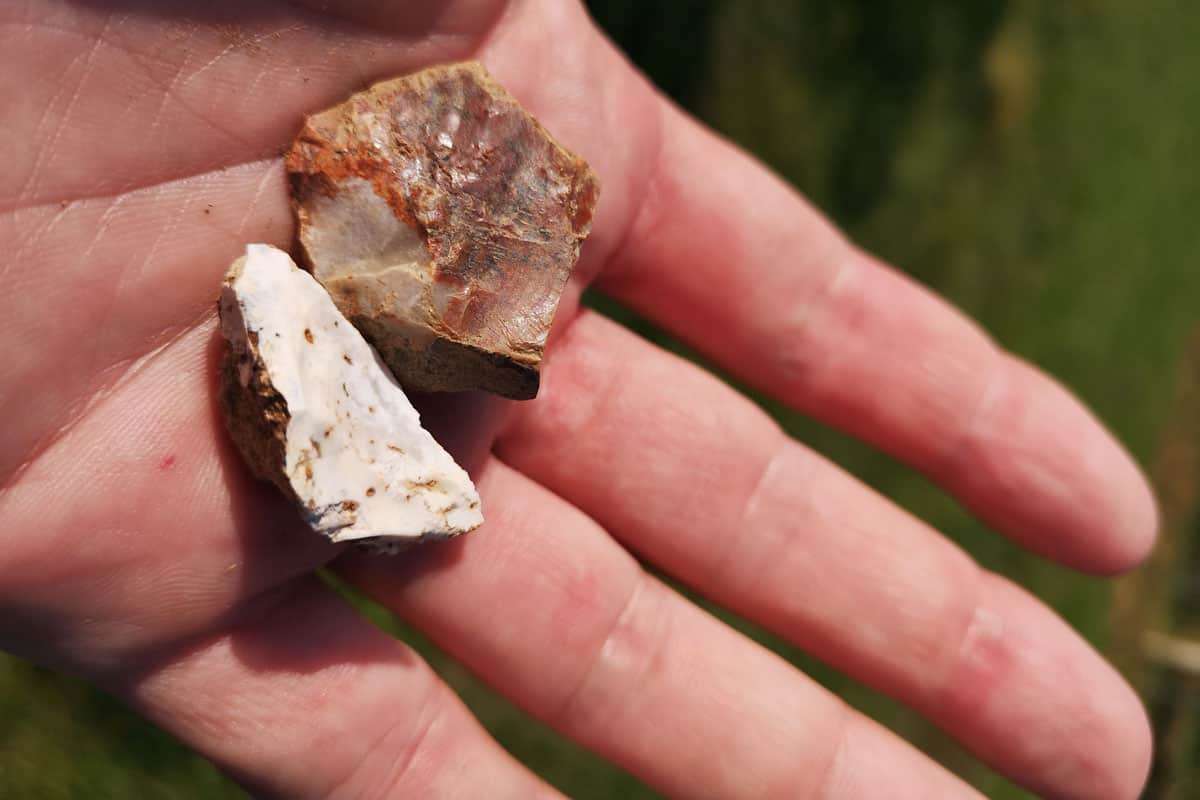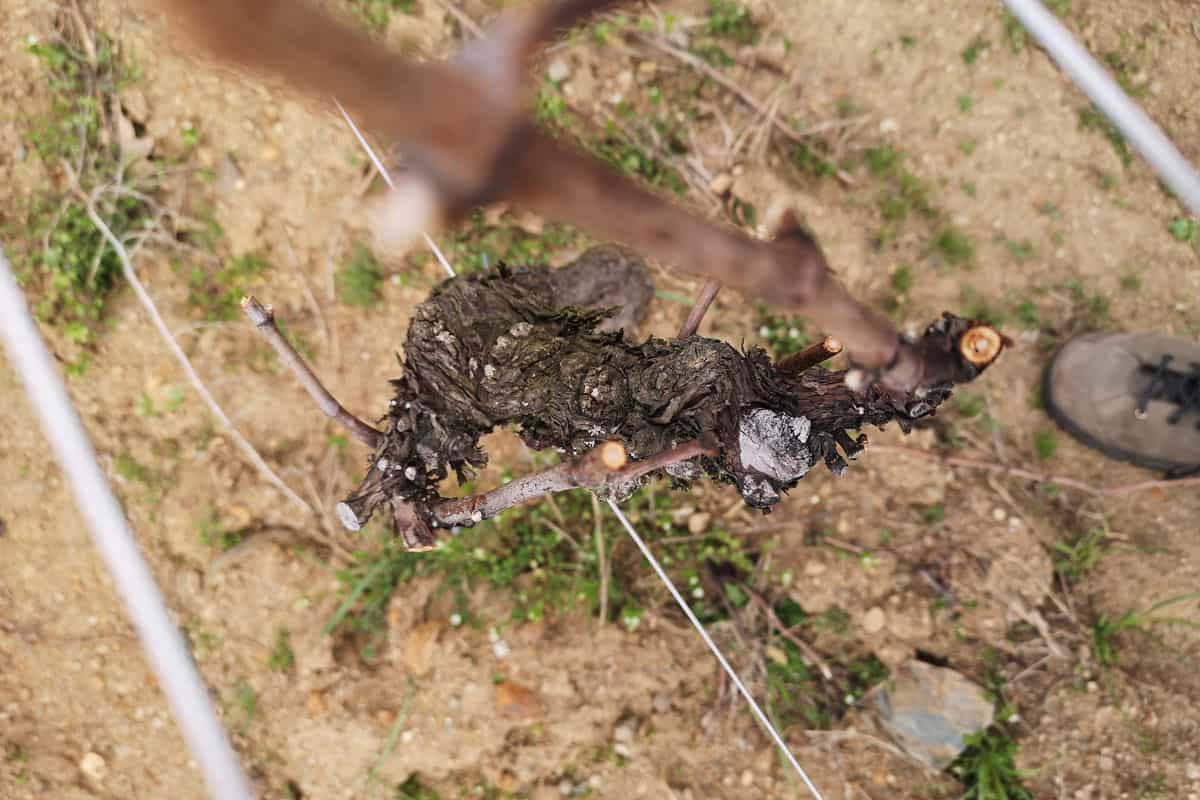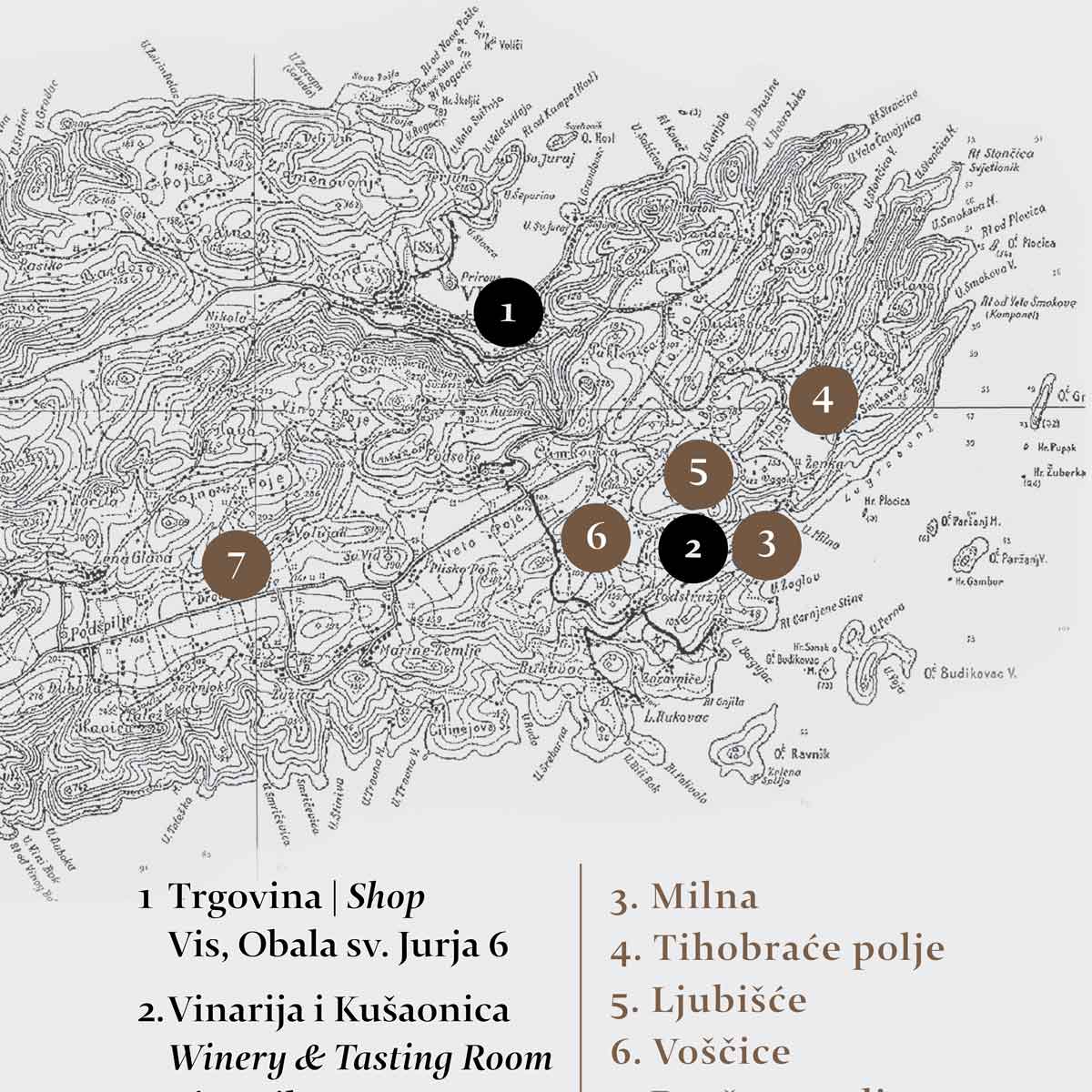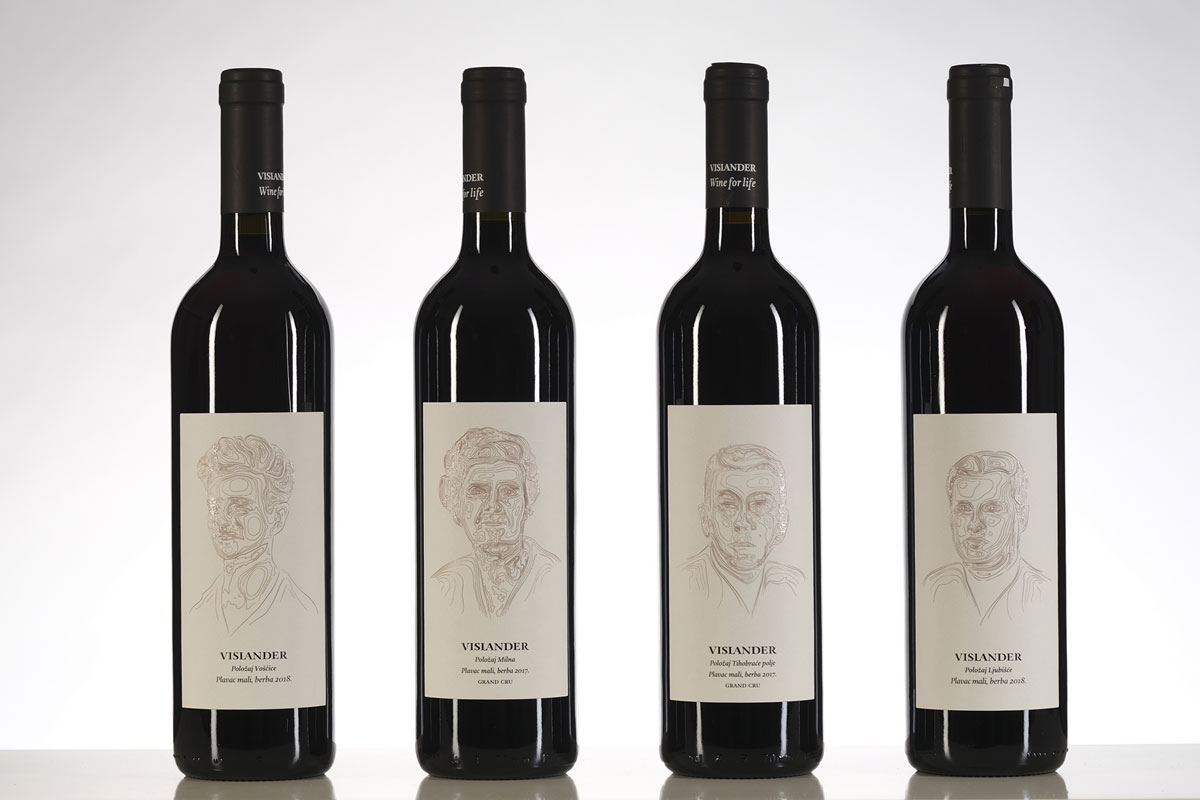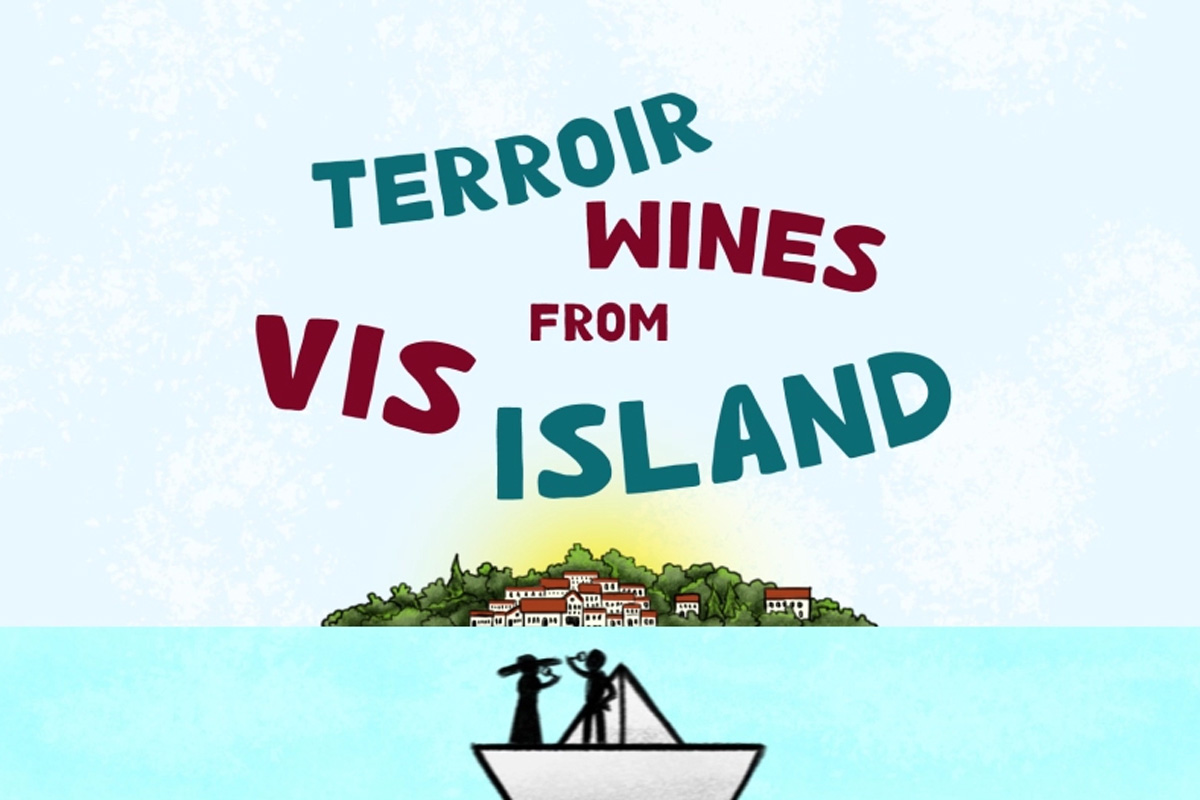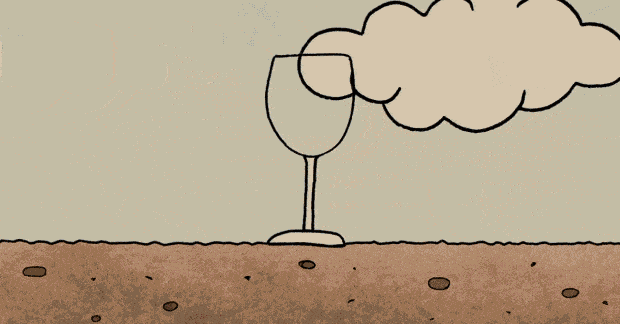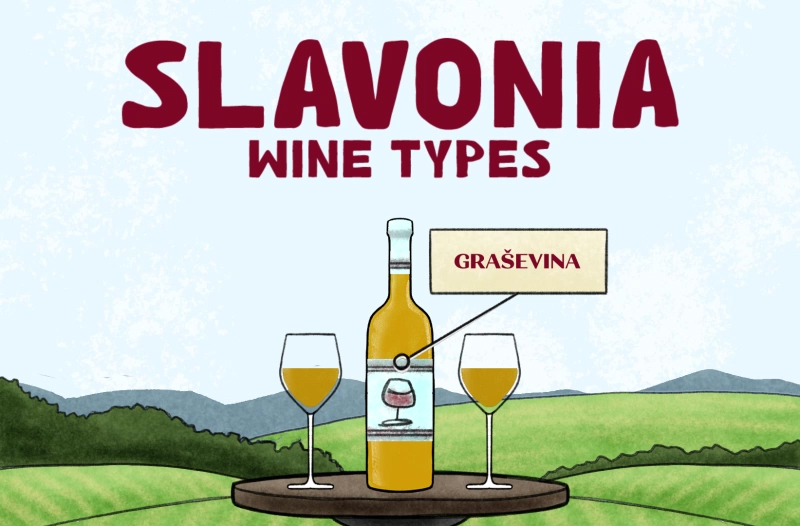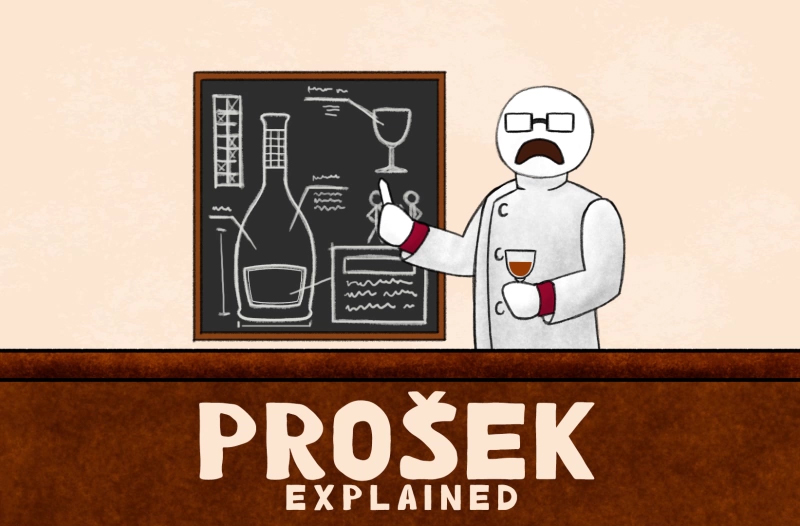Terroir Wines – What Is Terroir And How Can Affect Wine?
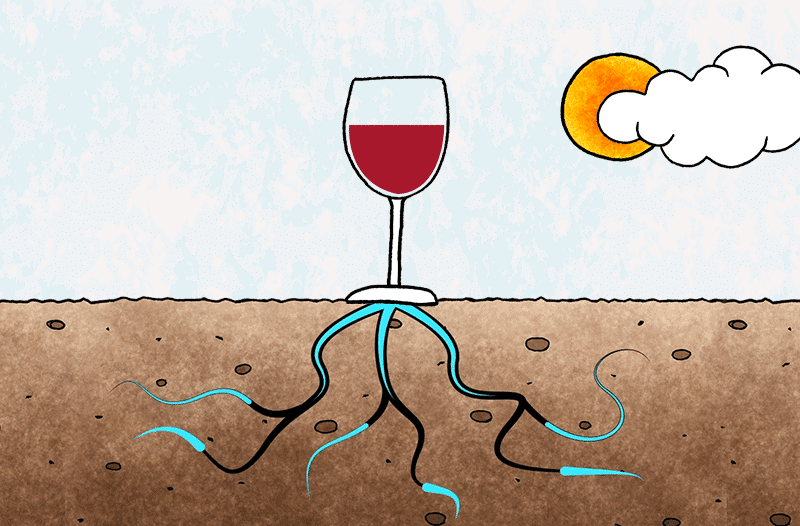
A wine with such unique characteristics which cannot be replicated anywhere and anyhow – that is the true meaning of the terroir wine.
At least it should be. A lot of mysticism is involved in the use of this word. Because it is not strictly defined and obviously cannot be explained simply, nowadays, “terroir-driven wines” literally pop out from every product leaflet or wine description. Misusage is so common nobody even notices it.
Terroir is commonly translated as a sense of place in wine. It should explain why we pay high prices for certain single vineyard wines. The idea is that the particular wine can’t be replicated elsewhere, no matter how much knowledge and resources someone might invest in an attempt. No real alternative can exist.
What is terroir wine?
At its core, terroir is a French term encompassing the unique environmental factors shaping a wine’s character. These factors include soil composition, climate, and microclimate. Together, they create a distinct fingerprint for each vineyard, ultimately influencing the grapes grown and the wines produced.
Translated practically, you can make two or several wines from the same grape variety, grown identically, side by side. Even if you identically make them, in every possible aspect, from harvest time and fermentation process including ageing and bottling, they might differ.
If grown in different plots, they will differ in most scenarios. Does it mean every other wine is terroir wine?
It does not. If the wines’ differences can be traced back to the specific environmental factors of the vineyard or region where the grapes were grown, then those wines could indeed be considered terroir-driven. However, in the world of wine, the notion of terroir is a way to celebrate the unique story of a particular place, the soil it holds, the climate it experiences, and the people who tend to the vines.
This place is usually a tiny piece of land, encompassing unique characteristics that provide prerequisites for making a recognisable terroir wine.
What is the difference between the climate and terroir?
The difference between climate and terroir in the context of wine can be a bit like comparing the broader weather patterns to the unique fingerprint of a specific vineyard. Here’s a breakdown of the distinctions:
Climate:
- Scale: Climate refers to the long-term, larger-scale weather conditions in a particular region. It encompasses temperature, rainfall, sunlight hours, and seasonal variations.
- Consistency: Climate is relatively stable and is typically consistent over many years. For instance, regions like Bordeaux, France, have a maritime climate known for its moderate temperatures and consistent rainfall patterns.
- Influence on Grape Ripening: The overall climate of a wine region affects how grapes ripen. Warmer climates produce riper grapes, while cooler climates lead to more acidity in the fruit.
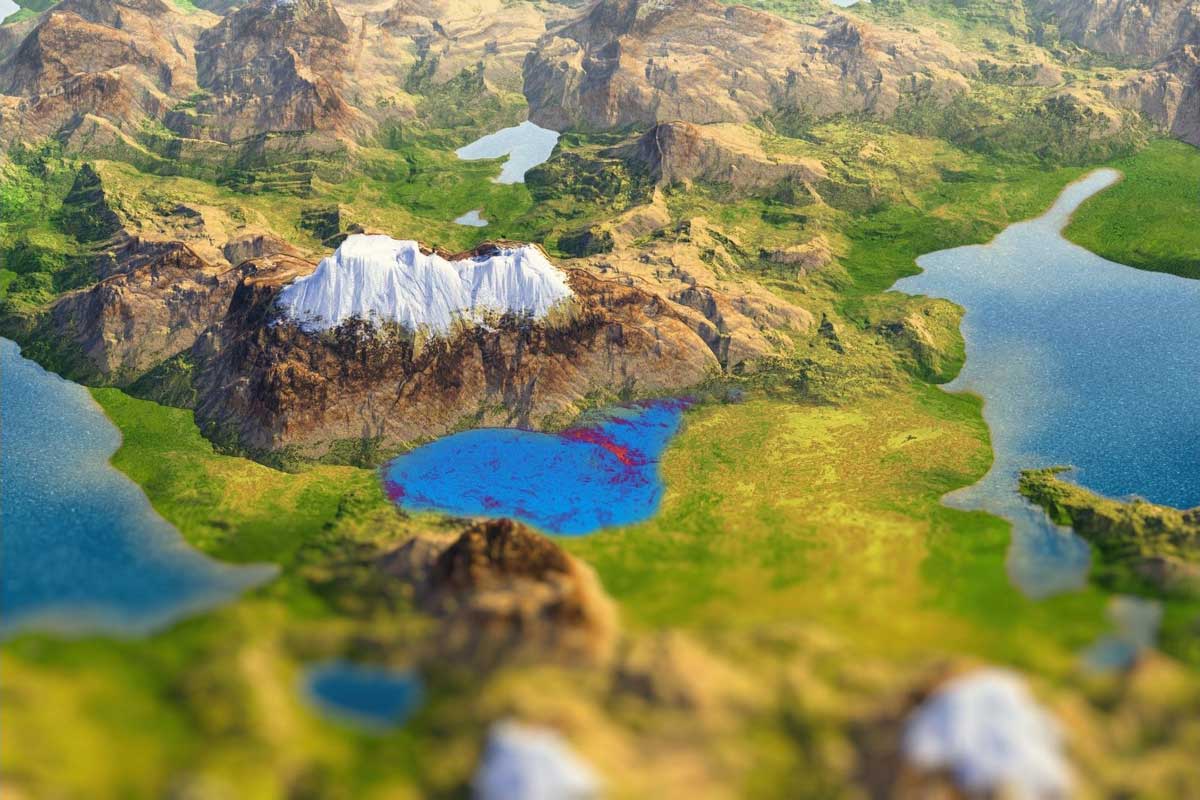
- Specificity: Terroir is a narrower concept that focuses on the unique combination of environmental factors within a specific vineyard or even a particular section of a vineyard. It includes aspects like soil composition, microclimate, and even the grapevine’s interaction with its surroundings.
- Uniqueness: Terroir is highly specific to a location and can differ significantly, even within the same appellation. For example, two vineyards in the same region may have different soil types and microclimates, leading to distinct terroir expressions.
- Influence on Wine Characteristics: Terroir gives a wine individuality. It shapes the wine’s performance in every sense, making it unique to its specific place of origin.
In essence, while climate sets the broader stage and provides the conditions for grape growing, terroir is the intricate, site-specific fingerprint that influences the fine details of the wine’s character.
What is the difference between the terroir and terrain?
The terms “terroir” and “terrain” might appear similar, but they have very different meanings.
Terrain:
- Meaning: Terrain refers to the physical landscape and topography of a vineyard or wine-producing region. It encompasses the lay of the land, the slope of the hills, the altitude, and any geographical features that define the area’s physical characteristics.
- Influence on Agriculture: Terrain plays a role in vineyard design and management. For example, the orientation of vine rows, the angle of the slopes, and the positioning of the vineyard to sunlight can be influenced by the terrain.
Terroir:
- Meaning: Terroir is a broader and more complex concept beyond physical terrain. It includes the entire environmental and geographical context in which grapes are grown. Terroir encompasses factors such as soil composition, climate, and microclimate, as well as the specific grape varieties planted and vineyard management practices.
- Influence on Agriculture: While terrain is an important general component of terroir, terroir extends to the influence of the soil, the climate patterns, and even the cultural and historical aspects of the region.
In summary, the terrain is the physical aspect of the land where grapes are grown, while terroir ultimately influences the unique character of the grapes and, by extension, the wines produced from them.
It’s a term that highlights the holistic influence of the environment on the final wine, taking into account both the physical landscape (terrain) and all the environmental, cultural, and historical factors that shape the grapes’ growth and, consequently, the wine’s flavour.
How does terroir affect wine?
If present, terroir influence is reflected in every aspect of wine:
- Flavor Profile: Terroir is associated with the unique flavours and aromas found in wines. The soil composition can impart specific mineral and earthy notes to the grapes, while the climate and microclimate influence the ripeness of the fruit.
- Texture and Mouthfeel: Grapes grown in certain soils may produce wines with a more pronounced structure, such as firmer tannins or a silkier texture. This affects how the wine feels on the palate.
- Complexity: Terroir contributes to the complexity of a wine’s aroma. Depending on the specific terroir characteristics, it can add depth to the scent and taste.
- Balance and Acidity: The climate and soil of a vineyard influence the grape’s natural acidity. Wines from regions with different terroirs may exhibit varying levels of acidity. This acidity can impact the overall balance of the wine, affecting its ageing potential and food pairing compatibility.
- Unique Identity: Each wine region or vineyard has a distinct terroir, which gives wines from that area a unique identity. This sense of place is a source of pride for winemakers and a point of interest for wine enthusiasts.
- Varietal Expression: Terroir can accentuate or modify the expression of a specific grape variety. For example, a Sauvignon Blanc from Les Monts Damnés in Chavignol within the Sancerre appellation and one from the Awatere Valley in the Marlborough region in New Zealand may both showcase the Sauvignon Blanc grape. Still, their terroir-driven differences make them very distinct.
- Wine Aging Potential: Wines influenced by terroir often age differently. The structure imparted by terroir elements affects how well a wine can age. Some terroir-driven wines have the potential to evolve and improve over time.
In essence, terroir is like the fingerprint of a wine, shaping its unique character and making each bottle a reflection of the land, climate, and people behind it. It’s the essence of what makes wine a truly artisanal and endlessly fascinating product.
Where lies the real difference and how to recognise it
Most of what we use to describe the wine is jargon. All the descriptors are metaphorical, not literal. The metaphor is directly unrelated to the wine but can be useful as a mental image.
We, as humans, easily recognise and find a suitable descriptor for an abundance of fruity or floral, even vegetal aromas. What about non-fruit aromatics? This is where it gets “mystical.” We have a limited vocabulary for all the aspects commonly named earthy or mineral.
It’s not actual salt we feel in a glass of Ocu (Boškinac) as much as it is not actual iodine one might feel in Škrlet (Kosovec), just as there isn’t any real fruit in any wine, but the way it smells and tastes creates that metaphorical image.
Despite all the seductive phrases involving mineral descriptors, the mechanisms involved in grapevine chemistry aren’t clear, and none of the correlations between soil and content in our wine glasses are straightforward.
But these aromas are usually considered as an indicator of terroir-driven wines. This is because the very word terroir creates a mental image of some unique place responsible for the unique taste.
We know that the taste of wine comes from flavour precursors in grape juice. Because nutrients in soil participate in reactions that produce these precursor compounds, variations within the optimal nutritional range in certain soil might affect their concentration and ultimately lead to differences in wine flavour.
Terroir wine explained
Mineral taste is a widely used taste descriptor today. However, since the scientific connection between soil and a glass of wine is yet unclear, the question arises – is it possible for such tiny amounts of minerals to interact to produce some aggregate effect?
The nutrients may possibly interact with each other so that the balance between them is significant rather than their actual concentrations.
Even if the wine has only an indirect and distant relationship to the soil composition, for example, does it mean soil doesn’t matter?
Science can prove many wine descriptions are an exaggeration. However, it cannot prove there is no influence.
Every grower notices certain crops thrive in particular fields, and some plants grow better in certain spots in the garden.
The concept of terroir means all of the natural attributes of a particular site. Not region, not appellations, but of a specific vineyard or a place inside it. Intuitively we sense the soil properties are responsible for the expression of a particular terroir in wine.
But the soil composition can be misleading. Vines might actually absorb nutrients from soil differently from what the soil composition suggests. Every grower knows that the plant’s health is constrained by its access to the least available nutrient. In short, the soil conceivably interacts with the wine, only in a way yet unknown to science.
What are examples of terroir?
Excellent examples of terroir-driven wines provide Vislander winery with 4 different labels of wines, all made from the same variety – Plavac mali.
It is additionally intriguing because every label represents a different appellation, each based on the same small island in the Adriatic Sea.
These appellations are actually vineyard positions named after the karst fields where they are placed:
- Milna appellation
Variety: 100% Plavac mali
Ground composition: Skeletal soil covered with colluvial sediment
Elevation: 25 – 50 m above sea level
Vineyard size: 2.052 ha / 4210 vines per ha
Vineyard age: 50% older than 15 years
Yield per hectare: 3600 kg
- Tihobraće polje appellation
Variety: 100% Plavac mali
Ground composition: Karst field
Elevation: 10 – 60 m above sea level
Vineyard size: 3.260 ha / 5318 vines per ha
Vineyard age: 50% older than 15 years
Yield per hectare: 4500 kg
- Ljubišće appellation
Variety: 100% Plavac mali
Ground composition: Skeletal soil covered with colluvial sediment
Elevation: 120 m above sea level
Vineyard size: 1.000 ha / 6500 vines per ha
Vineyard age: 85% older than 15 years
Yield per hectare: 8000 kg
- Voščice appellation
Variety: 100% Plavac mali
Ground composition: soil deposits on the base of Pleistocene sands
Elevation: 90 m above sea level
Vineyard size: 1.200 ha / 6500 vines per ha
Vineyard age: 100% more than 15 years old
Yield per hectare: 8000 kg
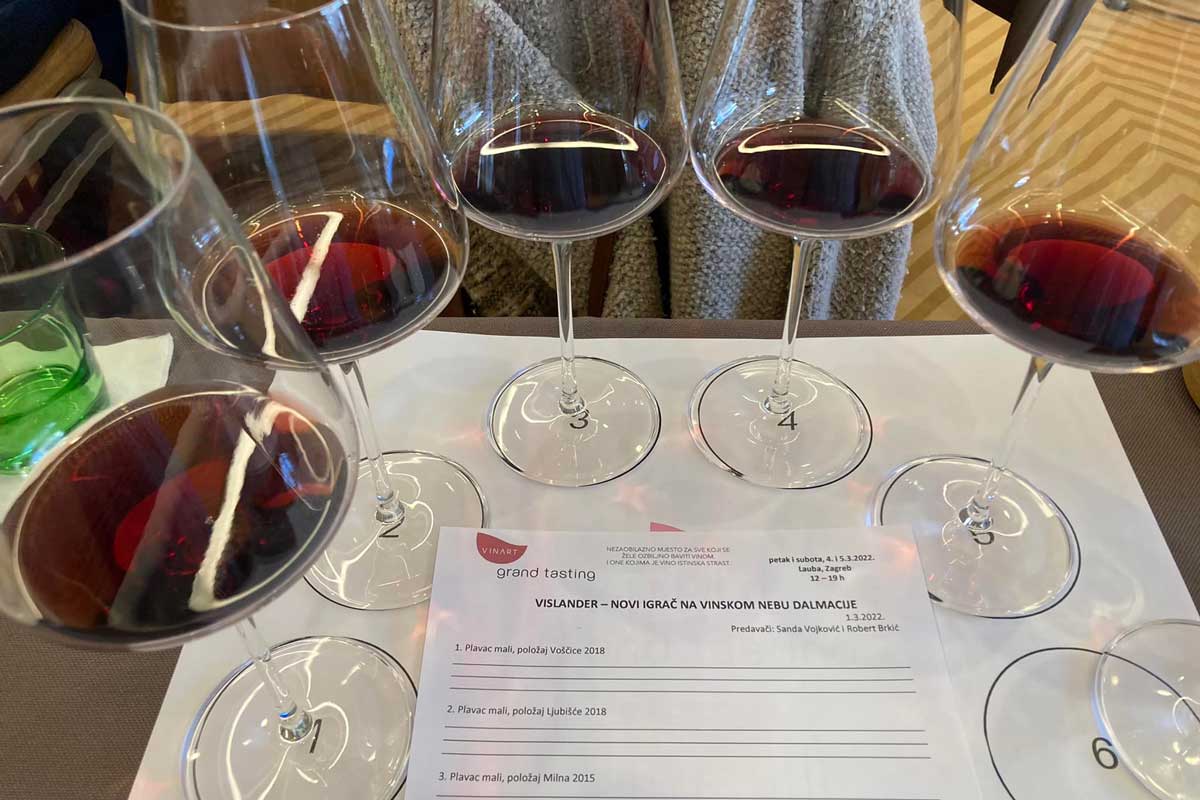
Vislander Milna Plavac mali 2019 has a complex aroma with the recognisable fruity notes of the Plavac mali with its characteristic black currant and dry plum notes, as well as the herbal notes of Mediterranean plants.
Its powerful structure carries tannins with ease and leaves a harmonious taste in the mouth despite concentration.
Vislander Tihobraće polje Plavac mali 2019 is even riper with an even firmer body. It requires the most time to open up. Then, it reveals a layered, complex structure concentrating terroir in a persistent sip. Characteristic Plavac tannins are pronounced but balanced. Aromatics reveal a bit darker fruit profile with more herbal undertones. Feels as if it has the greatest ageing potential.
Vislander Ljubišće Plavac mali 2018 is surprisingly more refreshing than Milna or Tihobraće. This balance is less usual as Plavac typically has lower acids.
Ljubišće Plavac express a dazzling combination of sophisticated and gentle wild berry aromas and herbs, with a mild note of leather and smoke gained by maturation in wooden barrels.
Lively, delicious taste with a seductive, slightly tart finish makes it a perfect starter wine
Vislander Voščice Plavac mali 2018 has a more lively and invigorating fruity aroma than Milna and Tihobraće Plavac. Cherries take the lead, their succulent ripeness intermingling with a subtle whisper of dry leaves.
The body is more medium than strong, dancing across your palate with a refreshing vitality. The dominant cherries from the aroma now come to life, offering a burst of fruitiness that is both invigorating and delightful. The journey continues towards a mild tannin finish. A discrete smoky note emerges, adding complexity to the wine’s profile.
Why is the concept of terroir controversial?
The concept of terroir is both revered and controversial in the world of wine and agriculture. Several factors contribute to this controversy:
- Subjectivity: One of the main reasons for controversy is the subjectivity of terroir. Identifying and describing terroir characteristics in a wine can vary from person to person. What one wine enthusiast perceives as a distinct terroir note, another may not.
- Lack of Scientific Consensus: While substantial anecdotal evidence supports terroir’s influence, scientific consensus on the subject is limited. It’s challenging to quantify and measure the exact impact of terroir elements on a wine’s flavour and aroma. This lack of empirical evidence can lead to scepticism among some in the scientific community.
- Commercialization and Marketing: In many cases, the concept of terroir has been exploited for marketing purposes. This can lead to concerns about authenticity and whether the terroir is genuinely a driving force behind a wine’s quality or merely a marketing ploy.
- Changing Climate: With the changing climate and its impact on vineyard conditions, some argue that the traditional idea of terroir is evolving. As regions experience shifts in temperature and rainfall patterns, it may be challenging to maintain consistent terroir characteristics over time.
- Globalization and Standardisation: The global wine industry has seen increased standardisation and a focus on producing consistent, recognisable brands. Some argue this can overshadow terroir-driven wines, as winemakers may prioritise consistency over terroir expression.
- Tradition vs. Innovation: Terroir can sometimes be seen as a barrier to innovation. While it celebrates a region’s traditional practices and unique characteristics, it can also discourage experimentation and adaptation to changing conditions.
Why is terroir important?
The notion of terroir is important because it is the source of biodiversity. The reason behind a wine with soul. It’s a celebration of diversity, a tribute to the uniqueness of every corner of the world.
Terroir transforms wine into more than just a drink; it becomes a piece of art, a cultural expression, a legacy. It embodies the winemaker’s passion, the wisdom of generations, and the heart of a community. It’s the reason wine isn’t just a beverage.
Think about it – in every sip, terroir whispers tales of the land where those grapes were kissed by the sun. It carries the memories of the rain that quenched their thirst and the soil that cradled their roots.
Terroir needs to be felt
Many wine lovers wonder about the relationship between the wine and the place, and it doesn’t need to be explained.
A balance needs to be achieved on one lever or another. The chemical balance is the outcome of the balance between a place, a man, and a variety.
Terroir is not only about the soil. It is much more than that. What about the climate conditions of a particular vintage? Airflow, wind speed, the Sun’s intensity, humidity and temperature fluctuations, soil drainage, and elevation differences… all are directly responsible for everything you need to do in your vineyard to achieve the desired results. This is all place.
A winemaker who grows the vines, ferments the grape juice, and elevates the wine in the cellar is the human responsible for the expression of his terroir.
Of course, this means that the right thing is in the right place and nourished in the right way—a variety. Hypothetically, thanks to photosynthesis, you might grow a vine without soil, with just enough sunshine and water in some imagined scientific laboratory. Chardonnay and Sauvignon will still taste different, not to mention Plavac mali 😉
Inspired by terroir
Naturally, to express their terroir, wines made by organic farming without artificial fertilisers and minimum chemicals in vineyards and cellar stand against enological, scientifically engineered wines. Yet, the power of terroir transcends every convention.
As it is poetically and beautifully explained in Kermit Lynch’s Inspiring Thirst,
…true quality is that which succeeds in surprising and moving us. It is not locked inside a formula. Its essence is subtle (subjective) and never rational. It resides in the unique, the singular, but it is ultimately connected to something more universal. Great wine is one in which quality is contained. Such a wine will necessarily be uncommon and decidedly unique because it cannot be like any other, and because of this fact it will be atypical, or only typical of itself.




